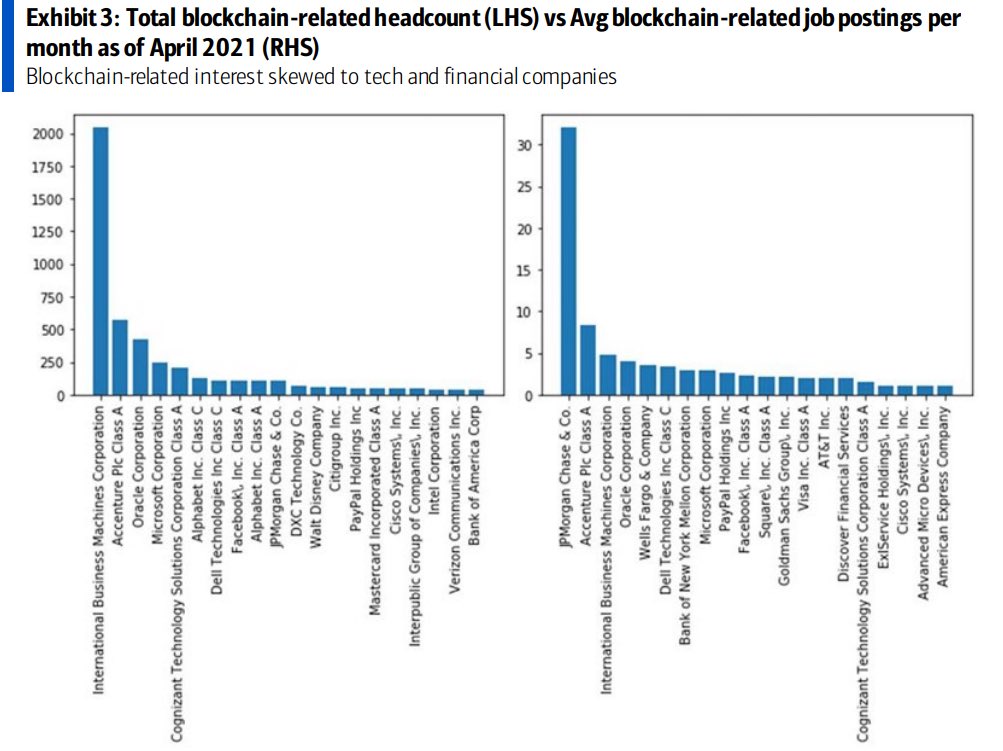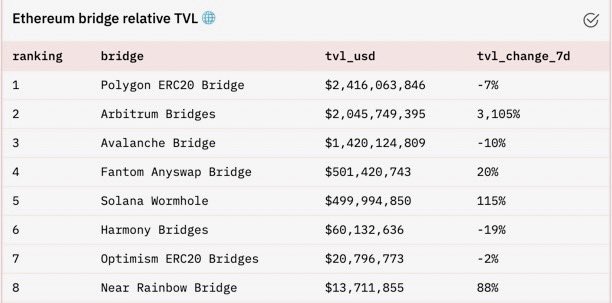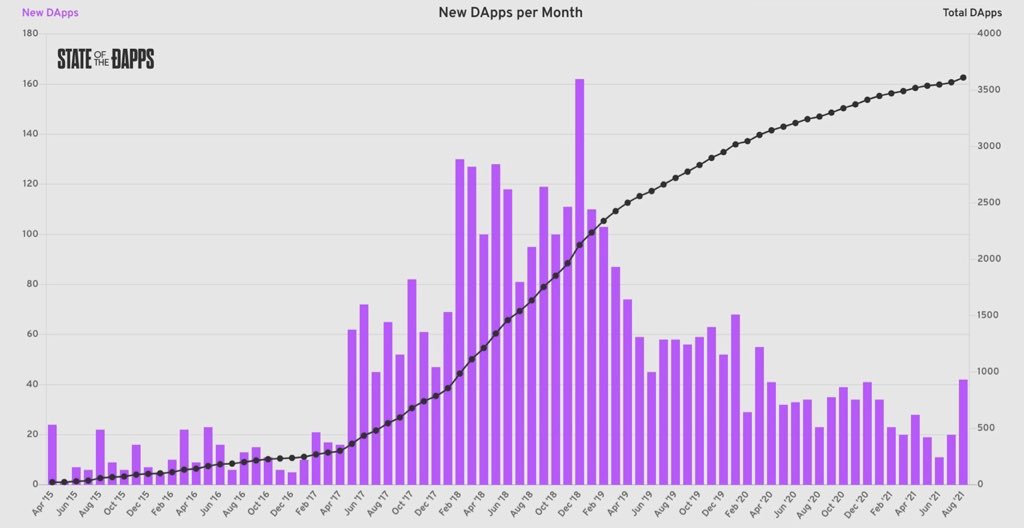
Abracadabra Money, or $SPELL, has been receiving a lot of attention lately
Just recently, it broke into the top 100 in market cap, surpassed $1.2B in total valuation, & is up 16x within the past 30 days
Due to this hype, i’ve decided to do an in depth overview of the protocol..
Just recently, it broke into the top 100 in market cap, surpassed $1.2B in total valuation, & is up 16x within the past 30 days
Due to this hype, i’ve decided to do an in depth overview of the protocol..
So... what exactly is Abracadabra Money, & what does it provide that others don’t?
The core premise of Abracadabra Money is brilliant.
Essentially, the platform allows users to yield farm with leverage.
The core premise of Abracadabra Money is brilliant.
Essentially, the platform allows users to yield farm with leverage.

How is this done?
To understand the revolutionary idea behind Abracadabra Money, we must first look at how traditional yield farming is done in DeFi
Lets say a user has $100k in USDC that they wish to earn yield on.
This user will deposit their tokens into a farm, say, YFI..
To understand the revolutionary idea behind Abracadabra Money, we must first look at how traditional yield farming is done in DeFi
Lets say a user has $100k in USDC that they wish to earn yield on.
This user will deposit their tokens into a farm, say, YFI..

& receive the USD equivalent of interest bearing tokens in return (yvUSDC).
Okay, great. They’re earning yield now. But what if we could take it a step further?
As of now, the user is generating yield, but their capital is locked up & illiquid
Okay, great. They’re earning yield now. But what if we could take it a step further?
As of now, the user is generating yield, but their capital is locked up & illiquid
This is where the magic of Abracadabra Money comes into play.
What if we could use these interest bearing tokens, which act as cash equivalents of their underlying assets, as collateral to take out a loan?
What if we could use these interest bearing tokens, which act as cash equivalents of their underlying assets, as collateral to take out a loan?

Well, using Abracadabra Money, you can.
On Abracadabra.money, holders of interest bearing tokens such as $yvWETH, $yvUSDC, $yvYFI, $yvUSDT, & $xSUSHI, can use these assets as collateral to mint $MIM, which is a stablecoin pegged to $1.
On Abracadabra.money, holders of interest bearing tokens such as $yvWETH, $yvUSDC, $yvYFI, $yvUSDT, & $xSUSHI, can use these assets as collateral to mint $MIM, which is a stablecoin pegged to $1.

When a user takes out a loan in $MIM, the borrower is assigned a debt allocation with interest (0.8%), & given a maximum loan-to-value ratio, which represents the amount of $MIM they are eligible to borrow & is dependent on the type of collateral used. 

So, going back to the previous example of the user with $100k $yvUSDC, this user can deposit their funds in Abracadabra Money, mint 90% of their collateral value in $MIM tokens, and pay a small fee of 0.8% per year
At the end of this process, the user is still generating yield from their $yvUSDC, around 5%/yr, while paying a 0.8% fee & having 90% of their original capital back in their pockets.
Now that we’ve gone over the basics of the protocol, lets take a look at this could be used in the real world.
Lets say you have a considerate amount of money in crypto, & you want to buy a house.
However, you wish to keep as much as possible in DeFi to continue earning yield
Lets say you have a considerate amount of money in crypto, & you want to buy a house.
However, you wish to keep as much as possible in DeFi to continue earning yield
Using Abracadabra Money, you can deposit your interest bearing tokens into the protocol & mint up to 90% of your collateral value in $MIM tokens
You can then exchange these $MIM tokens for $USDT, send them to an exchange, & cash them out to your bank account to buy a house.
You can then exchange these $MIM tokens for $USDT, send them to an exchange, & cash them out to your bank account to buy a house.
Through the magic of Abracadabra Money, you have now managed to buy a house, all while retaining the majority of your money in DeFi to keep its earning potential.
The interest you receive can then be used as payments for the house, property taxes, etc.
The interest you receive can then be used as payments for the house, property taxes, etc.
Since your collateral is based in stablecoins, the worst case scenario that could happen is that they become de-pegged, you get liquidated & end up paying 10-15% extra for the house & lose the earning potential of your tokens.
h/t @CryptoMessiah
h/t @CryptoMessiah
All in all I believe $SPELL is clearly a great platform paving way for the new iteration of DeFi
Its unique combination of money legos and composability with other DeFi protocols makes it a powerful force.🧁
Its unique combination of money legos and composability with other DeFi protocols makes it a powerful force.🧁
• • •
Missing some Tweet in this thread? You can try to
force a refresh


















